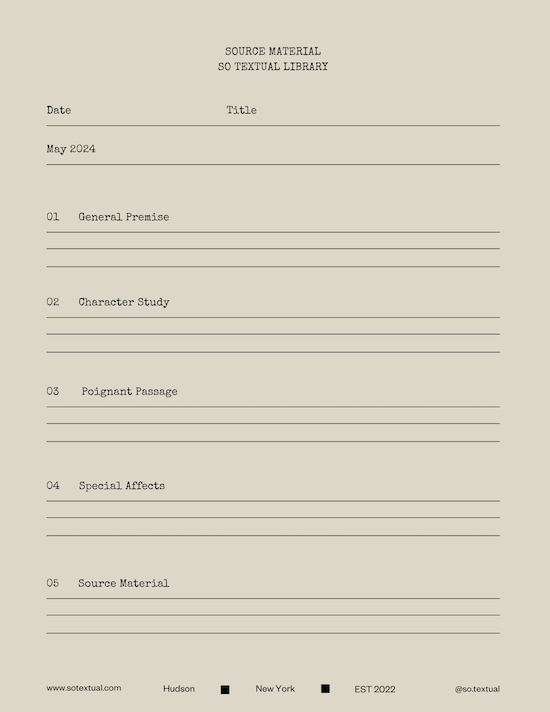What Stayed With Me
There’s a kind of electric risk in this collection. Eileen Myles reframes “pathetic” as a state of openness—messy, raw, and entirely human. Each piece feels like an artist or writer peeling back the layers to show something vulnerable, even embarrassing, but also powerful. It made me think about how often we avoid showing the parts of ourselves that feel unfinished, as though imperfection isn’t the realest thing we have to offer.
"Pathetic" doesn’t mean pitiable here. It’s closer to the original Greek root pathos—to feel deeply. Think about this anthology as a manifesto for emotional and intellectual courage. Myles is saying: the things that make us vulnerable are also the things that make us extraordinary. The next time you hear someone call something “pathetic,” ask what they’re really afraid of showing.
What This Made Me Feel
The collection doesn’t let you stay comfortable. At times, it feels scattered, even jarring—but that’s the point. It mimics the world, where one moment you’re laughing at something absurd, and the next, you’re sitting with something devastating. By the end, I felt like I’d been pulled through a kaleidoscope of voices that reminded me how beautifully unruly being alive can be.
This book isn’t about linear storytelling—it’s about the fractures and contradictions that make us human. It’s a masterclass in vulnerability as strength. To be a cultured, engaged reader today, you need to understand how literature can break form to reflect real life’s complexity. Myles isn’t teaching you about literature; they’re teaching you about living.
A Line I Can’t Forget
“To be pathetic is to insist on being seen, even when the world turns away.”
This line hit me like a spotlight. How often do I pull back out of fear that what I feel or say won’t matter? This isn’t just a description of the writers in the anthology; it’s a challenge to everyone who reads it. What if the things we’re most afraid to reveal are the very things that connect us most deeply?
This is the quote to remember when you think about Pathetic Literature. It’s your compass for understanding the work as a whole. Drop it into a conversation the next time someone talks about vulnerability or emotional risk. It’s the kind of line that signals you’re thinking at another level.
The Biggest Takeaway
That the act of being pathetic—letting yourself feel too much, care too much, risk too much—isn’t a weakness. It’s a way of saying: “I’m here, and I’m not afraid to be real about it.” This book didn’t just give me a new way of looking at literature; it gave me a new way of looking at myself.
This anthology is like an emotional toolkit for understanding the world. Use it to remind yourself—and others—that being open isn’t a flaw. It’s a radical act of self-assertion in a world that prizes perfection. Pathetic Literature gives you permission to care deeply, but it also gives you the language to defend that care when the world calls it “too much.”
This is how we do it at So Textual.


